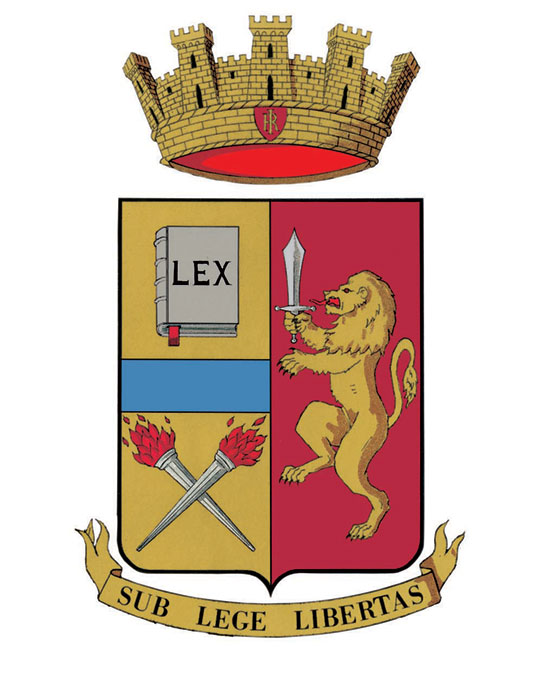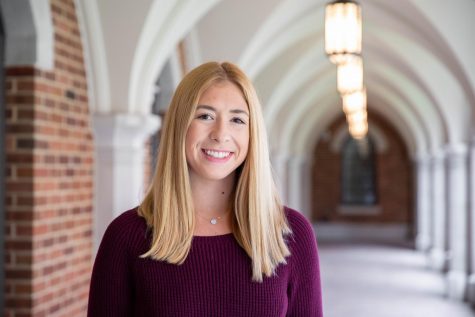Vanderbilt recently established a research collaboration with the Italian State Police to improve current scientific techniques for ballistics analysis and other aspects of forensic science. Vanderbilt’s Dr. Thomas Kephart and Dr. Anthony Hmelo, who are research professors in the areas of physics and engineering, partnered with the Italian State Police director of forensic investigation Pasquale Iafelice.
Kephart first met Iafelice in 2007 when Iafelice was working on his PhD at Vanderbilt. The two reconnected in 2015, when Iafelice visited the university and began talking about forensics work and ballistics analysis.
“We just struck up this conversation and I asked why they use this old optical stuff and then we started talking” Kephart said.
The methods for ballistics analysis – or tracing bullets found at a crime scene back to a particular gun – have changed little since the 1920’s.
Currently, forensic departments use simple optical microscopes to match bullets to the gun that fired them, but the accuracy of this technique has been questioned. A 2009 National Research Council review questioned the validity of the science of ballistics, and stated that it’s validity hadn’t been fully demonstrated.

Kephart and Iafelice had ideas about how people could improve current ballistics techniques and began working quickly thereafter.
“What we’re doing is using scanning electron microscopes and we’ve found some new techniques that are very promising; that’s what we’re pursuing. It’s taking it down to the nano level,” Kephart said.
Iafelice has a team in Rome that fires bullets into chambers, collects the bullets and brings them to Vanderbilt for analysis. At Vanderbilt, researchers look at the bullets on a nanoscale using high powered equipment to better identify the weapons that fired them. The team only consists of two professors for now, but Kephart hopes to expand the Vanderbilt involvement.
“There’s a lot more to forensics than just weapons investigation,” Kephart said. “There’s DNA, so we can reach out to the med school. These all have implications with the law so we can hopefully connect with the law school. There’s some engineering involved, so we could potentially – this could potentially lead to a number of departments getting involved.”
Kephart hopes that the partnership will lead to breakthroughs in forensic analysis and allow police departments to use innovative methods to more efficiently solve crimes committed with firearms.
“What we want to do is provide information for court cases where the right people get convicted and the wrong people don’t,” Kephart said. “You don’t want mistakes in this because lives depend on it, so if we can make any improvement at all in [forensic science], we’ll be happy.”



